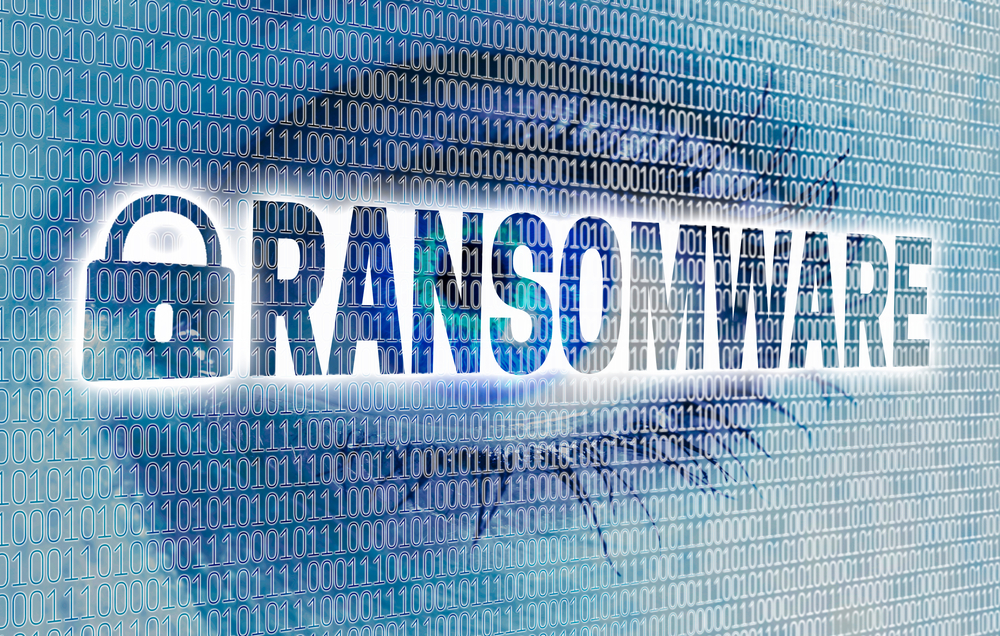Crypto ransomware remains one of the most booming cybercrime sectors in the world today. Late last week, researchers came across a new type of malware known as GX40 ransomware. This particular malware has proven to be quite annoying when it comes to removing the infection, although there are some thorough guides on how to get rid of it in a safe and secure manner.
GX40 Ransomware Is More of A Trojan Horse
It is evident ransomware types come in many different sizes and shapes these days. GX40 Is no exception in this regard, as the malware is officially labeled as a Trojan Horse. However, it has all of the traits of traditional crypto ransomware, as the developers of this particular malware want to make victims pay for getting infected in the first place.
For the time being, it remains somewhat unclear as to how GX40 ransomware is distributed. It is believed spam email campaigns are responsible for this attack, as ransomware is often distributed through massive email campaigns. It is also possible the malware spreads through pirated software, although that has not been officially confirmed at this stage.
This particular Trojan horse is designed to act as banking malware. To be more specific, the GX40 developers had created their code in such a way it will actively look for financial credentials and transmit those to the developers. Other valuable personal information is also on the priority list, including confidential work files and login credentials for social networks. Anyone who owns a computer running the Windows operating system is a potential target for GX40 distributors.
Moreover, the GX40 ransomware has a few other aces up its sleeve. This malware will also provide a backdoor to infiltrate computer systems, allowing cybercriminals to take full advantage of having administrator privileges on such a computer. It is very likely most victims will never even notice the malware infection in the first place, as it does not seem to interfere with regular computer operations by any means.
Every computer infected with the GX40 ransomware strain will see critical files encrypted and renamed to a .encrypted extension. Users are asked to make a payment by contacted the developer through a Yahoo email address, which is rather unusual. Once the victim contacts the developer, they will receive specific payment instructions to send over an undisclosed amount of bitcoin. This is rather unusual, considering most modern ransomware types include Tor-based payment links to pay the ransom.
Getting rid of GX40 can be quite a hassle for less tech-savvy computer users, that much is certain. A full malware scan of the computer will eventually reveal the threat, although it is always best to manually remove any lingering traces of this malware. That means entering Windows Safe Mode to get rid of the ransomware altogether. Restoring files from a previous backup should be possible as well, as it does not appear GX40 ransomware alters the shadow volume copies of the infected machine.
If you liked this article, follow us on Twitter @themerklenews and make sure to subscribe to our newsletter to receive the latest bitcoin, cryptocurrency, and technology news.

